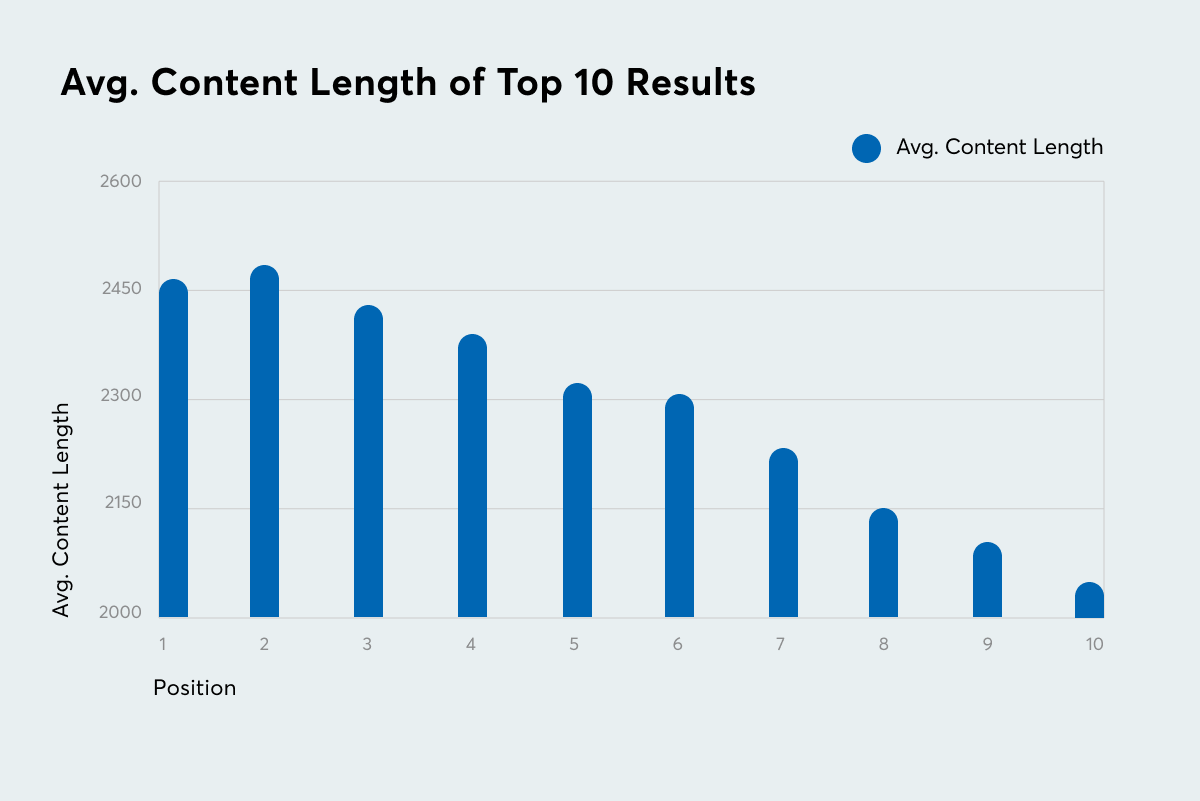Pinpointing the optimal content length has never been a straightforward process. It depends on too many variables, only some of which are the content type, user engagement and whatever Google is suggesting at the moment.
The rise of rich media and its undeniable success go hand in hand with deteriorating attention spans, indicating that protracted content has no place in the current day and age. But how much content is too much content, and where does engagement stop?
Chartbeat’s data on the relationship between article length and engagement
Chartbeat, the content intelligence platform for publishers, pondered these same questions, so they decided to put all of the wild assumptions regarding engagement to the test. They analyzed data across different platforms and channels to get a deeper understanding of the forces that either keep or lose users’ interest.
Most publishers rely on intuition or minimal data to make decisions regarding content length. Another common practice is to derive optimal lengths based on competitors and create content that one-ups them.
What Chartbeat’s data revealed is that there’s a significant spike in engagement for articles that reach up to 2,000 words. However, for articles that range from 2,000 to 4,000 words, the returns diminish quite noticeably. Past the 4,000 mark, there’s very little to be gained.

However, a serious caveat appears when you look past the superficial data. Whereas a 500-word article will deliver about 40 seconds of engagement on average, a 2,000-word piece will get you about 70 seconds. While one can argue it is a “spike”, in reality, it is not ideal.
The problem is that 40 seconds of engagement mean that the user has read all, or most, of the 500 words on a page. A 2,000-word article is four times as long, so 70 seconds isn’t nearly enough time for the user to read to the end of the article. Likewise, 80 seconds spent on a 6,000-word article is downright laughable.
Since we’re not discussing reading entire articles today, it’s safe to conclude that 2,000 words should be the sweet spot when it comes to engagement. Pushing content length to 2,500 words is also reasonable, as you can extract at least five more seconds of your user’s focus.
Beyond that, word count doesn’t matter; only perfect user-friendly optimization will get you anything.
Benefits of long-form content
Besides increasing engagement — up to a certain point — long-form content also has other positive benefits for the publisher.
The benefit that usually comes to mind first is better SERP ranking. Google has traditionally favored long-form content for its first-page results.

As you can see, the average content length for top ten results on SERPs does not fall below 2,000 words. Moreover, the average length stays under the 2,500 cutoff point where engagement ceases to improve in a meaningful way.
Up until that point, user engagement is high and so is the Time on Page metric. It’s one of the most important monetization KPIs for a website, so keeping the users on a single page for longer will have a positive impact on your bottom line. Lengthier reads can do just that.
However, it’s not as simple as spamming more words in an article and counting on users to feel engaged and interested. The thing about long-form content is that the creation of it isn’t enough — it needs to be optimized to the best of your abilities or the engagement won’t stick.
As we’ve pointed out, the average engagement a piece of long-form content produces isn’t nearly enough time to get users to the end of an article. This means proper ad placement is crucial for targeting your audience when they’re most engaged.
Although, that may be easier said than done. Understanding where the most engaging ad placement is takes a wealth of data, and not many publishers have those resources at their disposal. Even if you were to get your hands on that data, you’d also need a tool that can make heads or tails of it all. However, MGID has developed an attention-based algorithm that relies on AI to pinpoint the “hottest” engagement areas on a page. That way, you can find out which sections and elements of the page drive the highest engagement and potential revenue.
How to structure long reads for better engagement
Long-form content requires a lot of thinking and planning to succeed. Placing ads strategically will help you monetize the content better, and there are additional steps you can take to increase engagement.
Make your long article easy to read and follow. Use bold formatting to make it skimmable, break up long paragraphs, introduce rich media at crucial points, and never cease to engage the reader. Next, structure your articles according to ‘People also ask’ queries, research keywords and immediately answer questions posed in your headings whenever possible.
However, if you truly want to engage your audience, just text won’t suffice. It’s inevitable. You’ll lose readers sooner or later. However, if you don’t use interactive content, it’ll be sooner rather than later. Images and videos are excellent tools up to a certain point, but they aren’t nearly as engaging as quizzes, AR-friendly content and scrollytelling.
Making your audience part of your content is where engagement is at. Find a way to make interactive content unique to your brand, and then place it strategically to maximize user engagement.
Focus on user intent
Above all, keep your target audience in mind. If you can visualize your ideal reader persona, you can keep them entertained and engaged throughout the article.
Don’t explain what you expect your reader to already know. Likewise, don’t miss out on including information that would be crucial to them. Include your target reader in the story, give them what they want and interact with them every step of the way.
The better you understand who your target audience is, the more likely you are to engage them in a meaningful, relevant manner.





